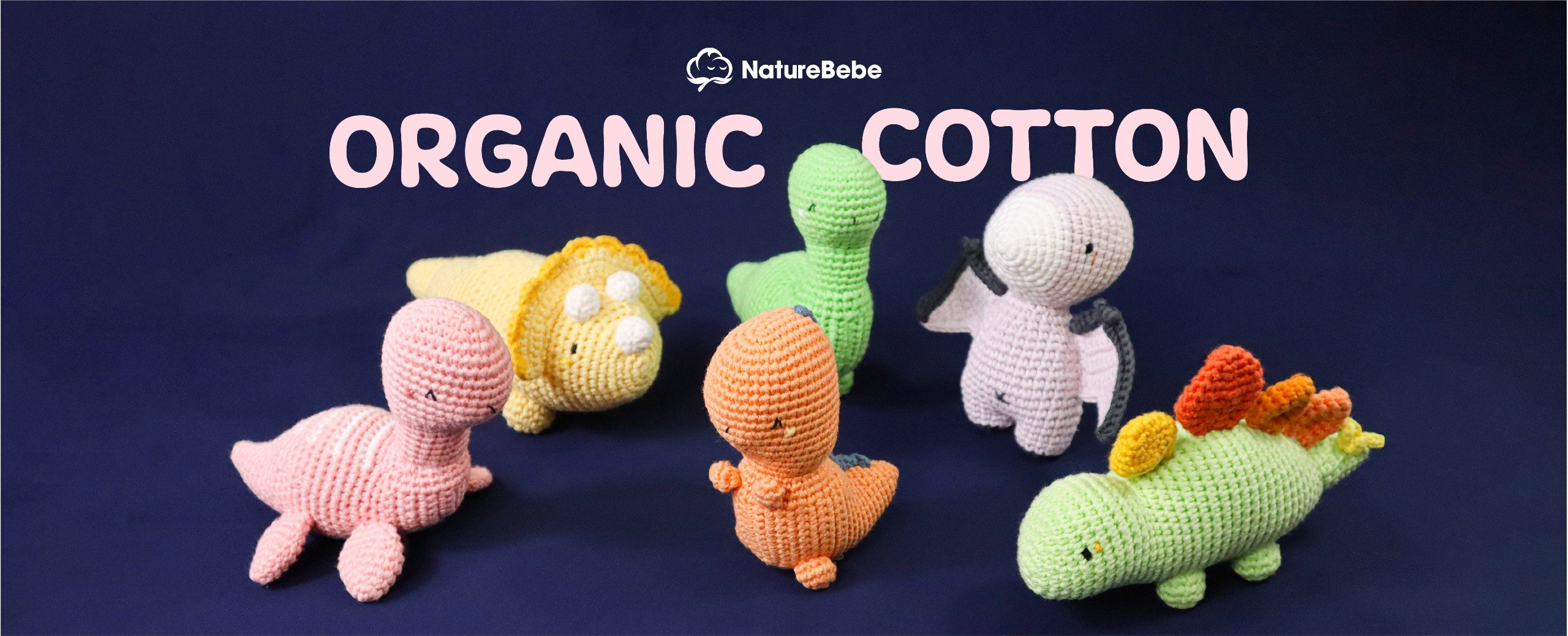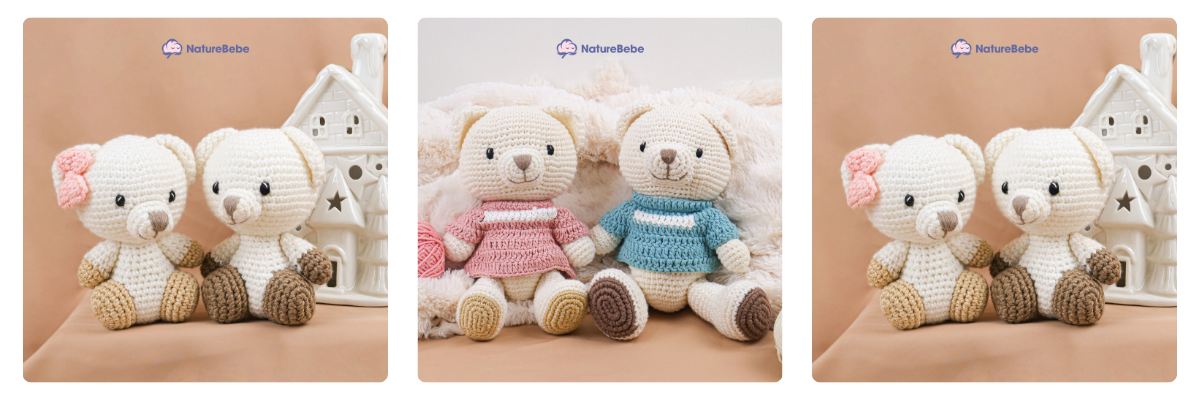In today’s digital age, parents and educators are constantly seeking effective ways to improve communication skills and enhance language development in children. One delightful and highly effective method is through the use of toys, particularly stuffed animals. These charming companions offer a plethora of opportunities for language and communication skills development. In this blog, we’ll explore how you can use stuffed animals to foster these essential skills in young children.
1. Storytelling with Stuffed Animals
Interactive Storytelling
One of the most engaging ways to improve communication skills in children is through interactive storytelling. Using stuffed animals as characters, you can create captivating stories that encourage children to participate. Ask your child to voice the characters or narrate parts of the story. This not only makes storytelling more interactive but also helps in enhancing communication skills by practicing dialogue and expanding vocabulary.
Create Own Stories
Encourage children to create their own stories with stuffed animals as the main characters. This activity sparks creativity and allows children to experiment with language in a playful setting. As they narrate their stories, they naturally practice structuring sentences, using descriptive language, and expressing their thoughts clearly.
2. Role-Playing Games
Dialogue Practice
Role-playing games are fantastic for enhancing communication skills. Children can use stuffed animals to enact different scenarios, practicing conversations and dialogue. Whether it’s a tea party, a trip to the zoo, or a day at school, these role-playing activities provide a fun way for children to improve communication skills by expressing themselves and interacting with others.
Scenarios and Problem-Solving
Create various scenarios where the stuffed animals encounter problems that need solving. Encourage your child to think of solutions and communicate them effectively. This not only enhances problem-solving abilities but also improves their ability to articulate ideas and solutions, which is crucial for communication skills development.
3. Reading Aloud
Companion Reading
Reading aloud to stuffed animals can build a child’s confidence in reading and improve their fluency. When children read to their stuffed friends, they are more likely to engage with the material, practice pronunciation, and develop a love for reading. This practice is a wonderful way to enhance language skills while making reading a fun activity.
Interactive Reading
Incorporate stuffed animals into reading time by using them to act out scenes from the story. Ask your child questions about the story and the characters, prompting discussion and comprehension. This interaction not only makes reading more enjoyable but also helps to improve communication skills by encouraging children to express their thoughts and understanding.
4. Descriptive Language Activities
Describe the Stuffed Animals
Encourage children to describe their stuffed animals in detail. Discuss their colors, textures, and features. This activity builds descriptive vocabulary and helps children articulate their observations. It’s a simple yet effective way to improve communication skills and language development.
Plushie Show and Tell
Organize regular show-and-tell sessions where children present their stuffed animals and share stories or facts about them. This activity promotes public speaking and descriptive skills, enhancing communication skills by encouraging children to speak confidently and clearly.
5. Themed Play Sessions
Vocabulary Building
Create themed play sessions with stuffed animals, such as a trip to the zoo or a day at the beach. Introduce and use new vocabulary related to the theme. This helps in enhancing communication skills by expanding their vocabulary and understanding of different contexts.
Question and Answer
During play, ask open-ended questions about the theme and encourage children to elaborate on their answers. This fosters their expressive language skills and enhances their ability to communicate ideas clearly and effectively, which helps children build communication skills development.
6. Music and Singing
Songs and Rhymes
Use stuffed animals to perform songs and rhymes. Singing helps with memory, rhythm, and language patterns. Enhancing language skills and improving communication skills by introducing children to new words and phrases in a musical context is a fun way for learning and teaching.
Action Songs
Incorporate stuffed animals into action songs where children have to follow directions and sing along. This enhances their listening and comprehension skills, making learning a joyful experience.
7. Social Skills Development
Turn-Taking Games
Use stuffed animals in games that require turn-taking and sharing. This promotes social language skills and teaches children the importance of taking turns in conversations and play.
Empathy and Emotions
Discuss the emotions of stuffed animals in different scenarios, helping children understand and express their own emotions. This activity develops empathy and emotional intelligence, which are key components of effective communication skills.
8. Routine and Instruction Following
Daily Routines
Use stuffed animals to demonstrate daily routines, such as brushing teeth or getting dressed. Have children narrate the steps, reinforcing sequencing and procedural language. This helps in enhancing language skills by teaching them how to describe processes clearly.
Following Instructions
Give children simple instructions involving their stuffed animals, like “Put the bear on the chair,” encouraging listening and comprehension skills. This practice enhances their ability to follow directions and communicate effectively.
9. Language Games
Alphabet and Counting
Use stuffed animals to play alphabet and counting games. For example, have children find animals that start with a certain letter or count the number of stuffed animals in a group. This activity can make learning fun and improve communication skills by teaching children how to articulate letters and numbers.
Rhyming and Word Association
Play rhyming games or word association games with stuffed animals, enhancing phonemic awareness and vocabulary. Enhancing language skills and improving communication skills through these games are enjoyable and effective ways
Incorporating these strategies into playtime with stuffed animals can significantly improve communication skills and language skills for children. By making learning enjoyable and interactive, you provide them with the tools they need to express themselves clearly and confidently.
Discover the NatureBebe Stuffed Animals Collection and pick those cute plushies for your children.






